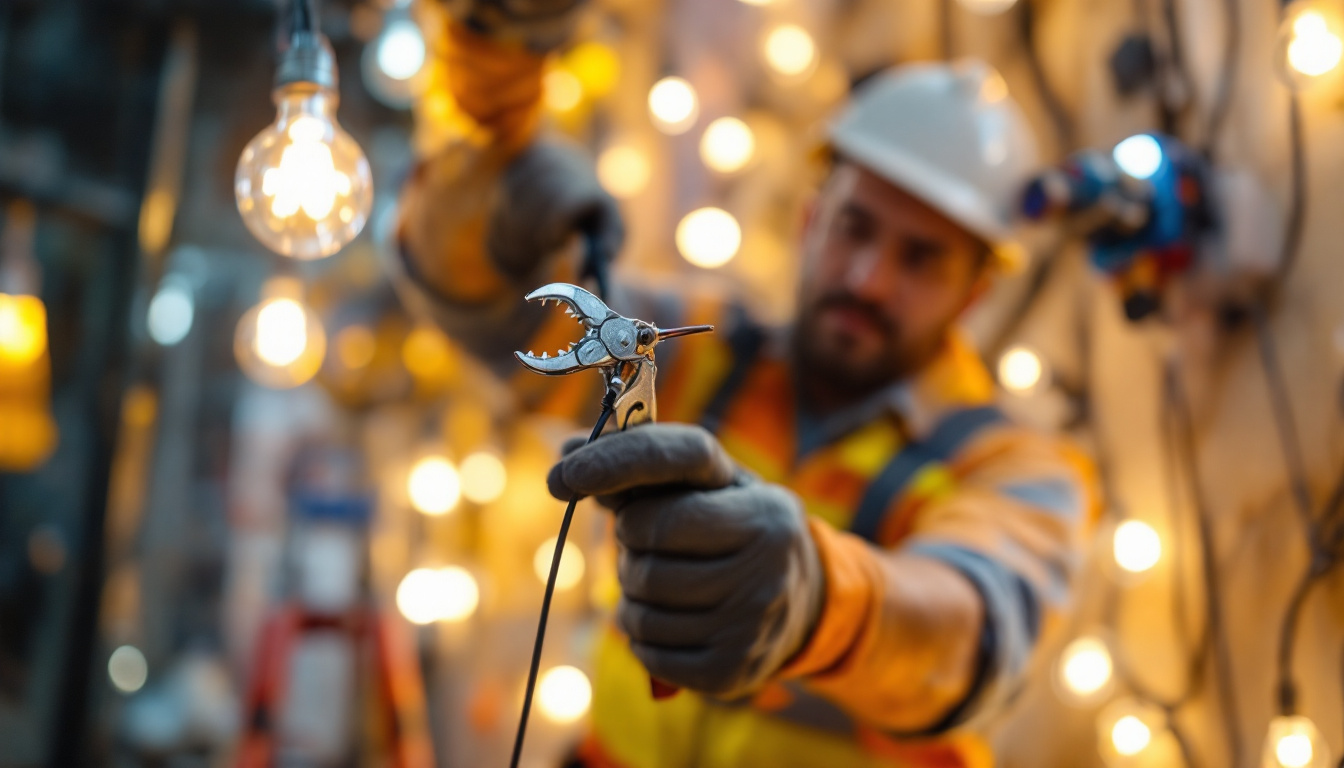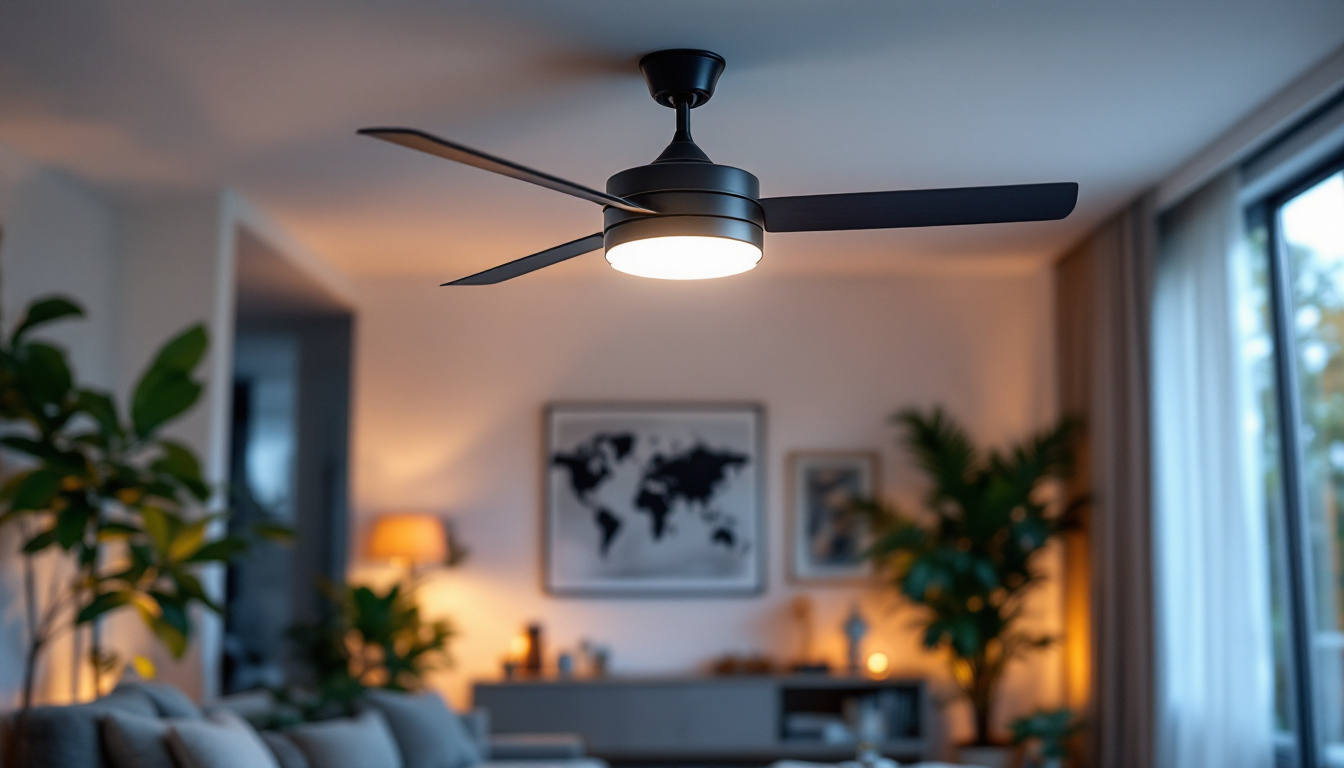
In the world of outdoor lighting, the importance of well-trained teams cannot be overstated. A knowledgeable crew can not only enhance the aesthetic appeal of a property but also ensure safety and energy efficiency. Training your team in lighting is essential for delivering quality results and maintaining a competitive edge in the industry. This article will explore effective strategies for training your team in outdoor lighting, covering essential topics such as design principles, installation techniques, and ongoing education.
Outdoor lighting serves multiple purposes, from enhancing safety and security to highlighting architectural features and landscaping. Properly designed lighting can transform a dull exterior into a vibrant, inviting space. It also plays a crucial role in extending the usability of outdoor areas after dark, making them more functional for social gatherings, events, or simply enjoying the outdoors.
Moreover, outdoor lighting can significantly impact energy consumption. By training your team to understand energy-efficient lighting options, you can help clients reduce their electricity bills and minimize their environmental footprint. This knowledge not only benefits your clients but also positions your team as experts in sustainable lighting solutions. Additionally, the right outdoor lighting can create a warm and welcoming atmosphere that encourages people to spend more time outside, fostering a sense of community and connection among neighbors.
Outdoor lighting can also enhance the aesthetic appeal of a property. By strategically placing lights to illuminate pathways, trees, and architectural features, homeowners can create a stunning visual experience that showcases their property even at night. This not only increases the home’s curb appeal but can also enhance its market value. Furthermore, well-lit outdoor spaces can deter potential intruders, providing an added layer of security that is both practical and visually pleasing.
Before diving into advanced training techniques, it’s essential to cover the fundamental components of outdoor lighting. These include fixtures, bulbs, and controls. Understanding the various types of fixtures—such as path lights, floodlights, and wall sconces—is critical for your team to make informed decisions when designing lighting plans.
Equally important is knowledge of the different types of bulbs available, including LED, incandescent, and halogen options. Each type has its benefits and drawbacks, and your team should be able to recommend the best choice based on the specific needs of a project. For instance, while incandescent bulbs provide a warm glow, they are less energy-efficient compared to LEDs, which offer longevity and lower energy consumption. Finally, training should also encompass lighting controls, such as timers, dimmers, and smart technology, which can enhance the functionality and efficiency of outdoor lighting systems. Smart lighting solutions, in particular, are gaining popularity as they allow homeowners to control their outdoor lighting remotely via smartphone apps, adding convenience and flexibility to outdoor spaces.
Additionally, understanding the importance of light placement and intensity is crucial. The right placement can highlight the beauty of a garden or architectural feature while avoiding harsh shadows that may create an uninviting atmosphere. Your team should be well-versed in techniques such as uplighting and downlighting, which can dramatically change the mood of a space. By mastering these elements, your team can create outdoor lighting designs that not only meet functional needs but also elevate the overall aesthetic of the environment.
A well-thought-out lighting plan is essential for achieving the desired ambiance and functionality of outdoor spaces. Training your team to create effective lighting plans involves teaching them to assess the area and identify key features that require illumination. This includes pathways, entrances, and focal points like trees or sculptures. Furthermore, understanding the layout of the space is crucial; for example, a sprawling garden may benefit from subtle lighting that guides visitors along meandering paths, while a compact patio might require a more concentrated approach to create intimacy.
Encourage your team to consider the balance between light and shadow. Effective outdoor lighting should create a sense of depth and dimension while avoiding harsh contrasts that can be unappealing. Additionally, the use of layering techniques—combining ambient, task, and accent lighting—can enhance the overall design and functionality of the space. For instance, ambient lighting can provide a general wash of light, while task lighting can illuminate areas for dining or reading, and accent lighting can highlight the beauty of architectural features or landscape elements. This thoughtful layering not only enhances usability but also invites a sense of exploration and discovery within the outdoor environment.
Another crucial aspect of outdoor lighting design is understanding light levels and color temperature. Training should include how to determine the appropriate brightness for different areas, ensuring that pathways are well-lit for safety while creating softer lighting for relaxation areas. It’s important to consider the time of day and seasonal changes, as natural light levels can vary significantly. For example, during twilight hours, a more subdued lighting approach may be necessary to create a seamless transition from day to night, allowing the space to feel inviting and safe without overwhelming brightness.
Color temperature, measured in Kelvins (K), also plays a vital role in the overall atmosphere of a space. Warmer tones (around 2700K) create a cozy and inviting environment, while cooler tones (above 4000K) can be more energizing and suitable for task-oriented areas. Your team should be well-versed in these concepts to make informed recommendations to clients. Additionally, the choice of fixtures can greatly influence the perceived color temperature; for instance, fixtures with a matte finish can diffuse light more gently, enhancing the warm tones, while shiny surfaces may reflect cooler hues. Understanding these subtleties will empower your team to tailor lighting solutions that resonate with the specific needs and preferences of each client, ensuring that every outdoor space is both functional and aesthetically pleasing.
Safety is paramount when it comes to installing outdoor lighting. Training your team in best practices for electrical safety, including proper grounding techniques and the use of weatherproof fixtures, is essential. They should also be familiar with local codes and regulations regarding outdoor electrical installations to ensure compliance and safety.
In addition to electrical safety, your team should understand the importance of proper placement and mounting of fixtures. This includes selecting the right height and angle for lights to achieve optimal illumination without causing glare or light pollution. Regular safety drills and hands-on training can help reinforce these critical practices.
Equipping your team with the right tools is essential for efficient installation. Training should cover the use of essential equipment, such as trenchers for burying cables, voltage testers for ensuring safe connections, and ladders for reaching elevated fixtures. Familiarity with these tools will not only speed up the installation process but also enhance the quality of the work performed.
Additionally, your team should be trained in troubleshooting common installation issues. This includes identifying faulty wiring, understanding circuit loads, and addressing any unexpected challenges that may arise during the installation process. A well-prepared team can adapt to these situations effectively, ensuring a smooth installation experience for clients.
The lighting industry is constantly evolving, with new technologies and trends emerging regularly. To maintain a competitive edge, it is crucial for your team to engage in ongoing education. This can take the form of workshops, online courses, or industry conferences. Encouraging a culture of continuous learning will not only benefit your team but also enhance the services you provide to clients.
Incorporating regular training sessions into your team’s schedule can help keep everyone informed about the latest advancements in outdoor lighting. This includes new energy-efficient products, smart lighting technology, and design trends. By fostering a commitment to learning, your team will be better equipped to meet the diverse needs of clients.
Encouraging your team to network with other professionals in the lighting industry can provide valuable insights and opportunities for collaboration. Joining local lighting associations or participating in online forums can help team members share knowledge, experiences, and best practices. This exchange of ideas can lead to innovative solutions and improved service delivery.
Additionally, collaborating with architects, landscape designers, and other contractors can provide a more holistic approach to outdoor lighting projects. Training your team to communicate effectively with these professionals will ensure that lighting designs are integrated seamlessly into overall project plans.
Training your team to effectively communicate with clients is just as important as technical skills. Educating clients about the various lighting options available, including their benefits and drawbacks, empowers them to make informed decisions. This not only enhances client satisfaction but also builds trust and credibility.
Encourage your team to provide clear explanations of the design process, installation timelines, and maintenance requirements. By setting realistic expectations and maintaining open lines of communication, your team can foster strong relationships with clients that lead to repeat business and referrals.
Offering post-installation support is another critical aspect of client education. Training your team to provide guidance on how to operate and maintain outdoor lighting systems can enhance the longevity and performance of the installations. This may include providing instructions on adjusting timers, changing bulbs, or troubleshooting minor issues.
Additionally, consider implementing a follow-up system to check in with clients after the installation is complete. This demonstrates a commitment to customer service and allows for any concerns to be addressed promptly. A proactive approach can lead to increased client satisfaction and positive word-of-mouth referrals.
Training your team in outdoor lighting is a multifaceted process that encompasses design principles, installation techniques, ongoing education, and effective communication with clients. By investing in the development of your team, you not only enhance the quality of your services but also position your business for long-term success in a competitive market.
As the outdoor lighting industry continues to evolve, staying informed about the latest trends and technologies will be essential. By fostering a culture of continuous learning and collaboration, your team will be well-equipped to meet the diverse needs of clients and deliver exceptional results.
Ultimately, the goal is to create beautiful, functional outdoor spaces that enhance the safety and enjoyment of all who use them. With a well-trained team, your business can shine brightly in the world of outdoor lighting.
Ready to elevate your outdoor lighting projects with superior quality and value? Look no further than LumenWholesale for all your lighting needs. Our spec-grade products are designed to meet the highest industry standards, ensuring that your team is equipped with reliable and high-performance lighting solutions. With unbeatable wholesale prices and the convenience of free shipping on bulk orders, LumenWholesale is your go-to source for premium lighting without the premium price tag. Empower your team and impress your clients by choosing LumenWholesale for Wholesale Lighting at the Best Value.

Discover essential insights into choosing the right light suppliers for your projects.

Discover the essentials of wall LED lights for outdoor spaces in just 5 minutes.

Discover the essential insights and strategies for lighting contractors in “Wire Pullers: The Points for Lighting Contractors.” This article delves into the latest industry trends, innovative techniques, and practical tips to enhance your projects and boost client satisfaction.

Discover the best affordable ceiling fans with lights in our comprehensive guide tailored for lighting contractors.